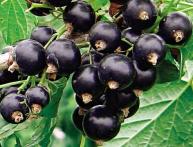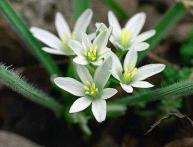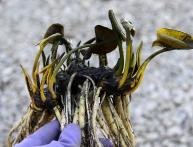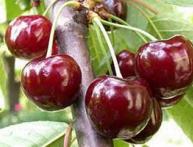Agricultural technology of garlic
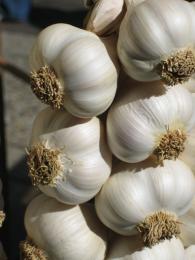
Garlic is a kind of human friend, as it is incredibly beneficial for our health. Garlic has a specific taste; it is used by chefs and housewives all over the world as an excellent seasoning for soups, meat dishes, and chicken. This culture has medicinal properties, so garlic is widely used in folk and traditional medicine to treat many ailments and diseases.
Garlic is rich in sodium, potassium, magnesium, calcium, vitamins B, C, D, phytoncides, essential oils, and contains sulfuric and phosphoric acids, which is why it can be seen in any summer cottage. Garlic farming technology is quite simple.
The secrets of growing garlic are as follows:
• sandy and loamy soils should be selected for this crop;
• good predecessors for garlic are cucumbers, zucchini, pumpkin, tomatoes, green cabbage crops;
• bad predecessors – onions, garlic;
• the area should be well lit;
• garlic loves organic fertilizers, but moderation must be observed, since excess manure and nitrogen fertilizers can cause strong leaf growth to the detriment of the bulb;
• after applying fertilizers, the soil needs to be dug up.
Garlic can be roughly divided into winter and spring. Winter garlic is planted in early October; the beds for it should be prepared approximately 3 weeks before planting. To plant winter garlic, high-quality material is selected - large and medium-sized bulbs, which are divided into cloves 3 days before planting. The teeth can be soaked in water before planting.
Spring garlic is inferior to winter garlic in terms of yield, but unlike the former, it is better stored. The agricultural technology of spring garlic is similar to winter garlic, and the ripe bulbs are harvested after the lower leaves dry out, this happens around the end of August.



